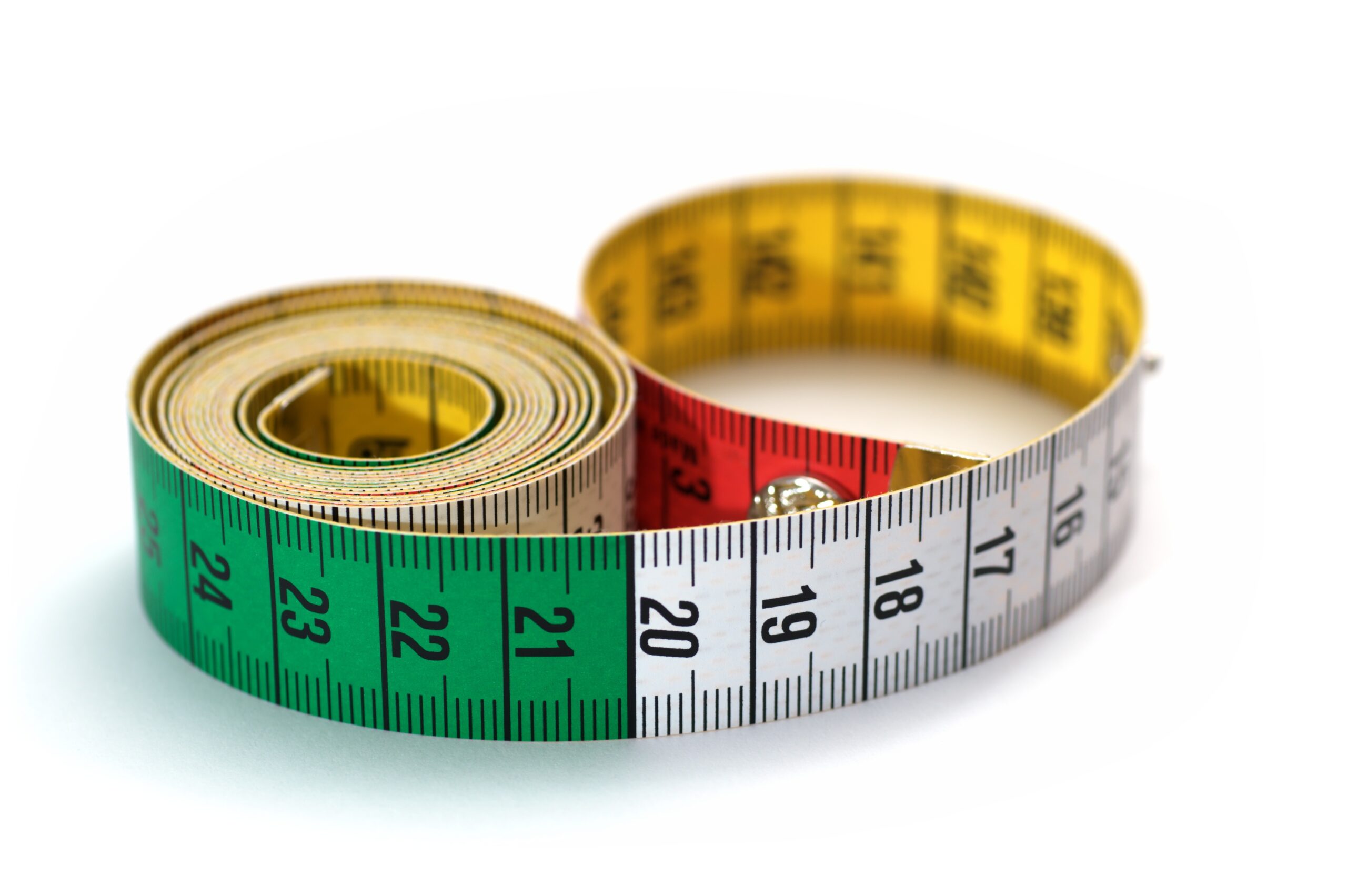How Do You Know The Shape and Size Of a Numpy Array ?
Table Of Contents:
- ndarray.ndim
- ndarray.size
- ndarray.shape
(1) ndarray.ndim
ndarray.ndimwill tell you the number of axes, or dimensions, of the array.
Example-1:
a = np.array([1, 2, 3])
aarray([1, 2, 3])a.ndimOutput:
1Example-2:
b = np.array([[1,4],[3,2]])
barray([[1, 4],
[3, 2]])b.ndimOutput:
2Example-3:
c = np.array([[[1,4],[3,2]]])
carray([[[1, 4],
[3, 2]]])c.ndimOutput:
3Example-4:
y = np.zeros((2, 3, 4))
yarray([[[0., 0., 0., 0.],
[0., 0., 0., 0.],
[0., 0., 0., 0.]],
[[0., 0., 0., 0.],
[0., 0., 0., 0.],
[0., 0., 0., 0.]]])y.ndimOutput:
3(2) ndarray.size
ndarray.sizewill tell you the total number of elements of the array. This is the product of the elements of the array’s shape.
Example-1:
a = np.array([1, 2, 3])
aarray([1, 2, 3])a.sizeOutput:
3Example-2:
b = np.array([[1,4],[3,2]])
barray([[1, 4],
[3, 2]])b.sizeOutput:
4Example-3:
c = np.array([[[1,4],[3,2]]])
carray([[[1, 4],
[3, 2]]])c.sizeOutput:
4Example-4:
y = np.zeros((2, 3, 4))
yarray([[[0., 0., 0., 0.],
[0., 0., 0., 0.],
[0., 0., 0., 0.]],
[[0., 0., 0., 0.],
[0., 0., 0., 0.],
[0., 0., 0., 0.]]])y.sizeOutput:
24(3) ndarray.shape
ndarray.shapewill display a tuple of integers that indicate the number of elements stored along each dimension of the array. If, for example, you have a 2-D array with 2 rows and 3 columns, the shape of your array is(2, 3).
Example-1:
a = np.array([1, 2, 3])
aarray([1, 2, 3])a.shapeOutput:
(3,)Example-2:
b = np.array([[1,4],[3,2]])
barray([[1, 4],
[3, 2]])b.shapeOutput:
(2, 2)Example-3:
c = np.array([[[1,4],[3,2]]])
carray([[[1, 4],
[3, 2]]])c.shapeOutput:
(1, 2, 2)Example-4:
y = np.zeros((2, 3, 4))
yarray([[[0., 0., 0., 0.],
[0., 0., 0., 0.],
[0., 0., 0., 0.]],
[[0., 0., 0., 0.],
[0., 0., 0., 0.],
[0., 0., 0., 0.]]])y.shapeOutput:
(2, 3, 4)
